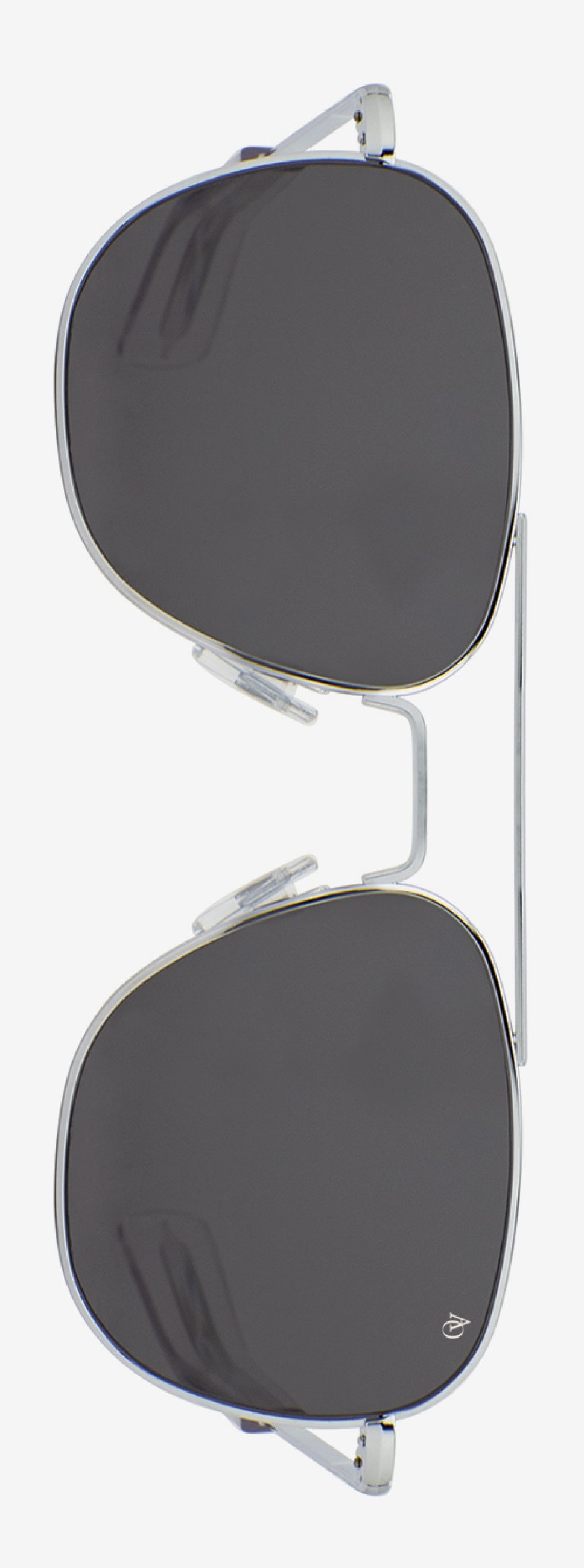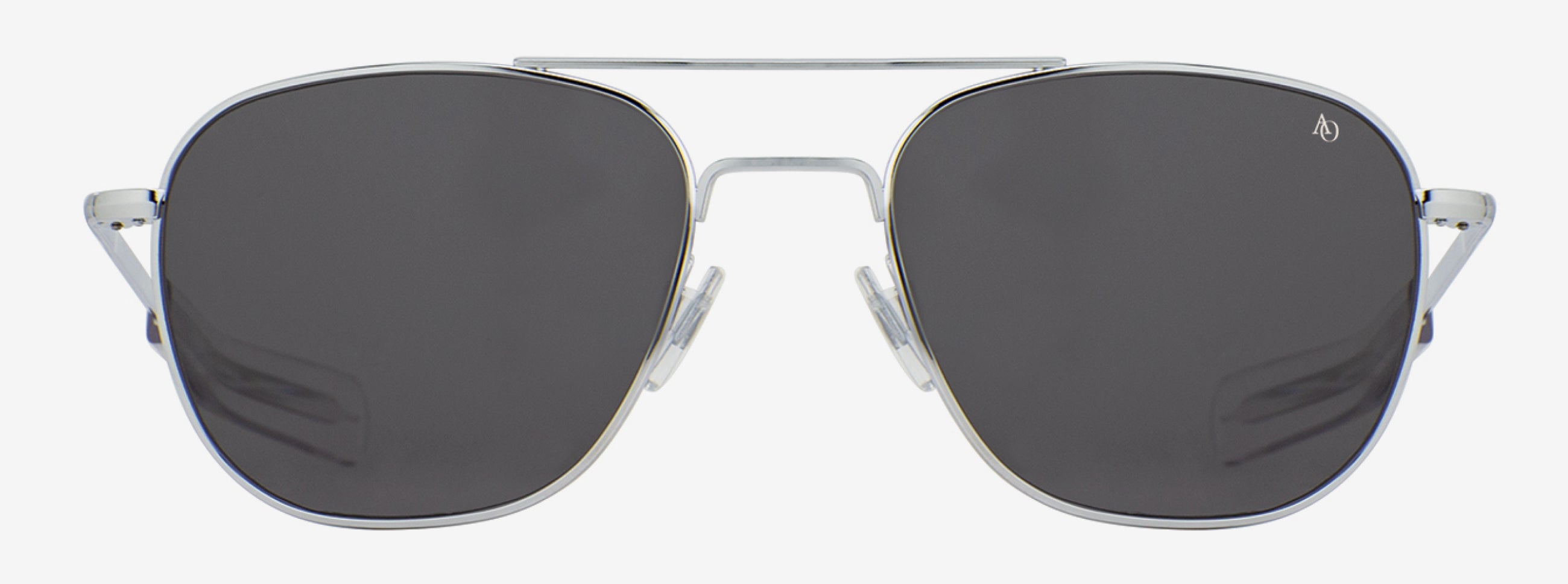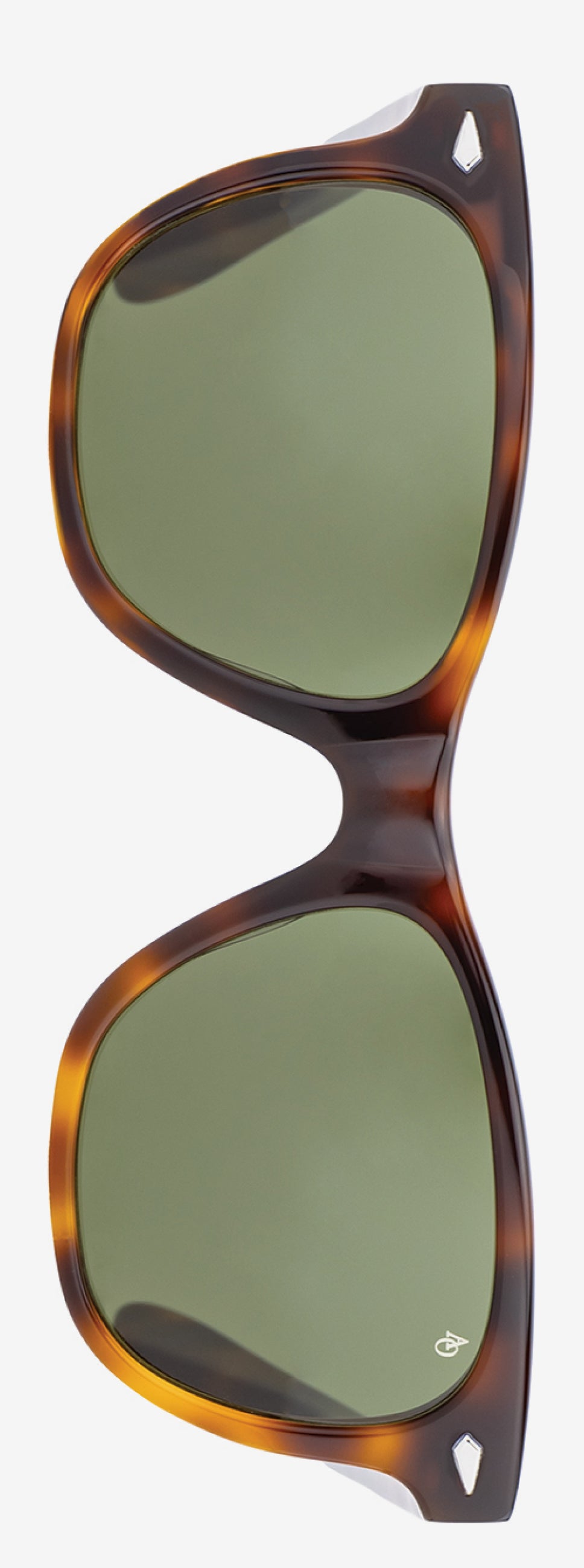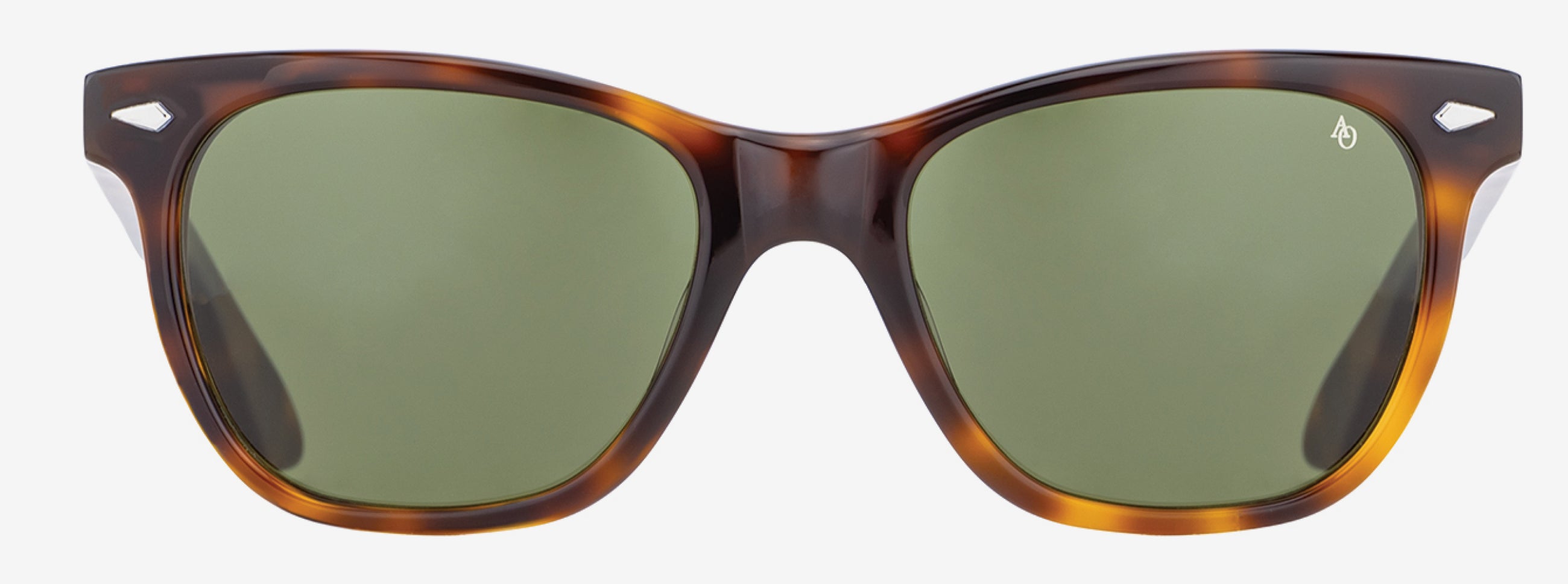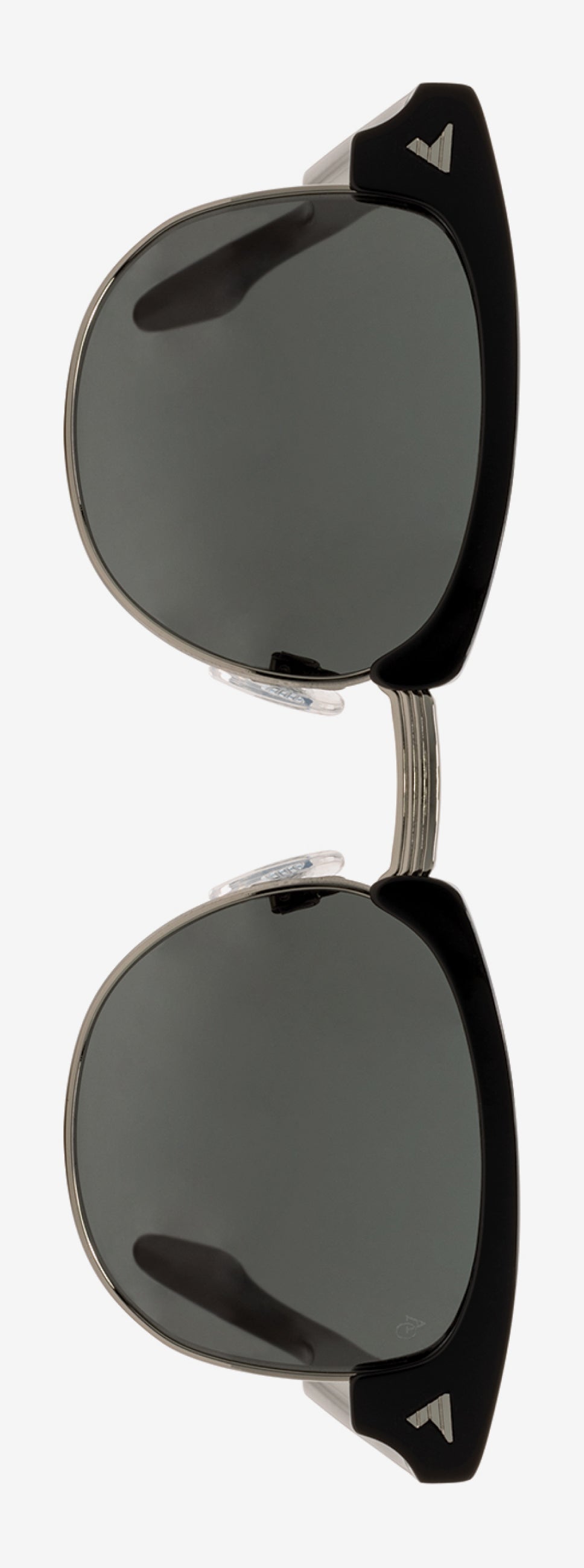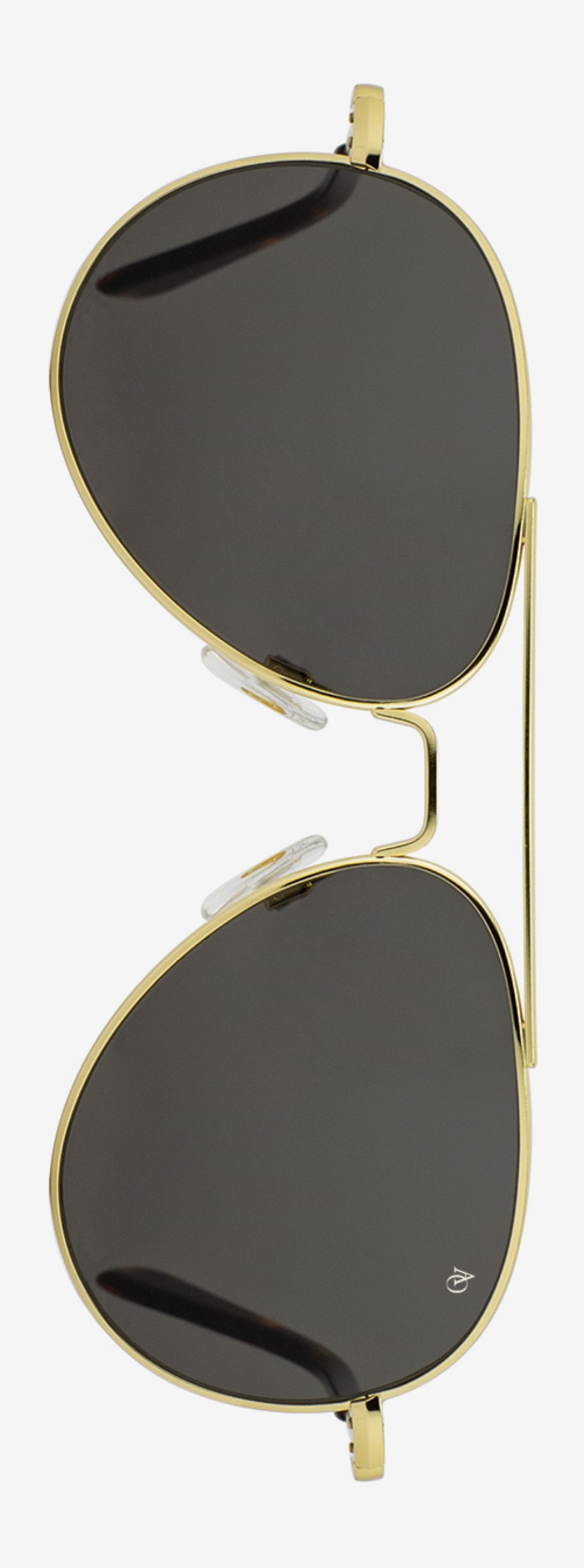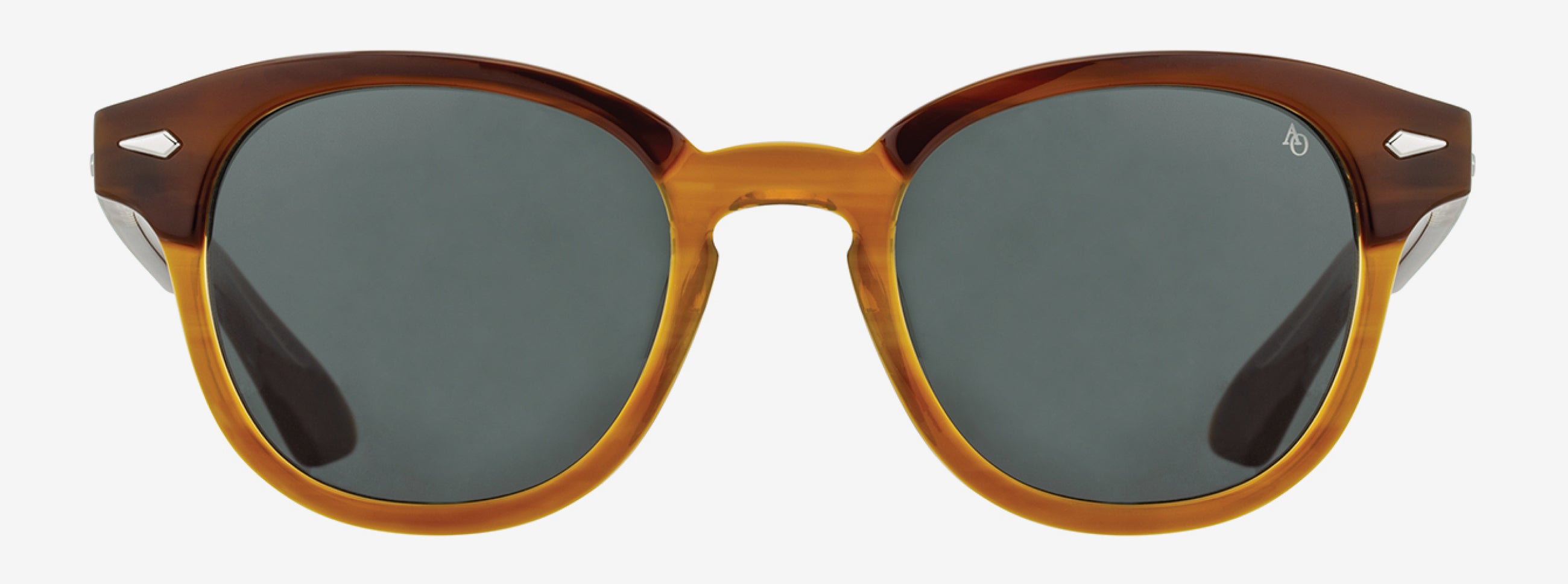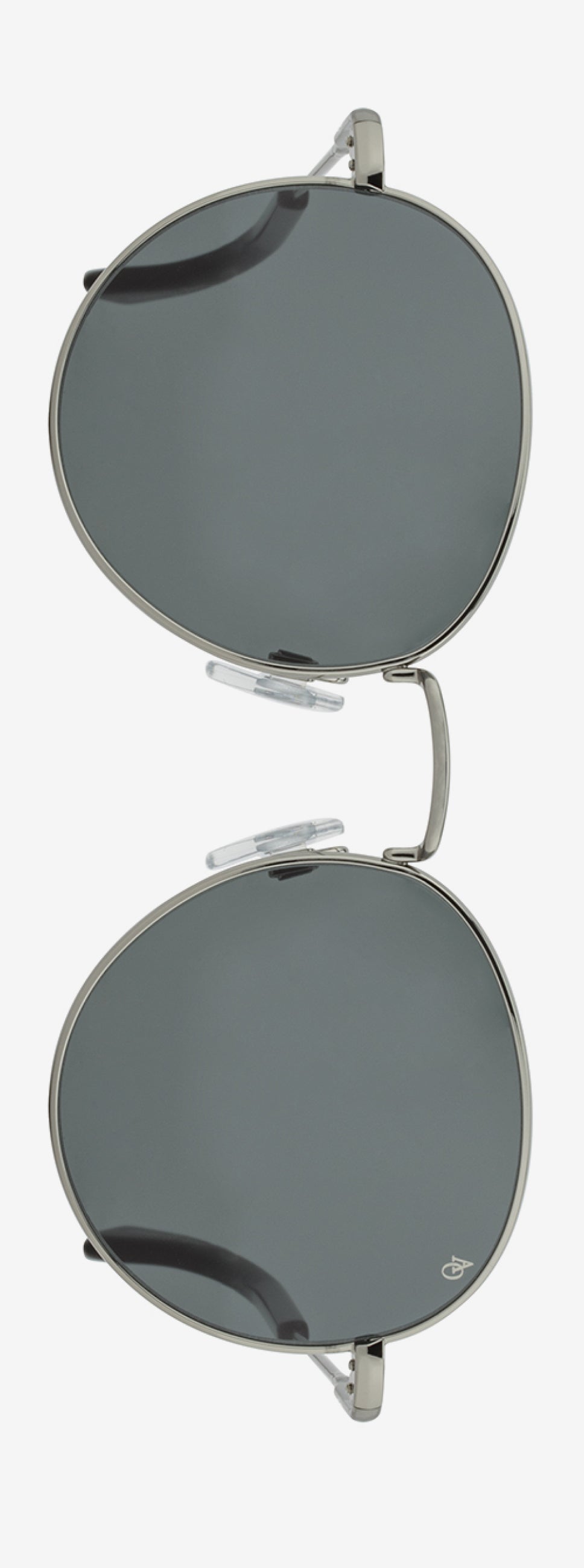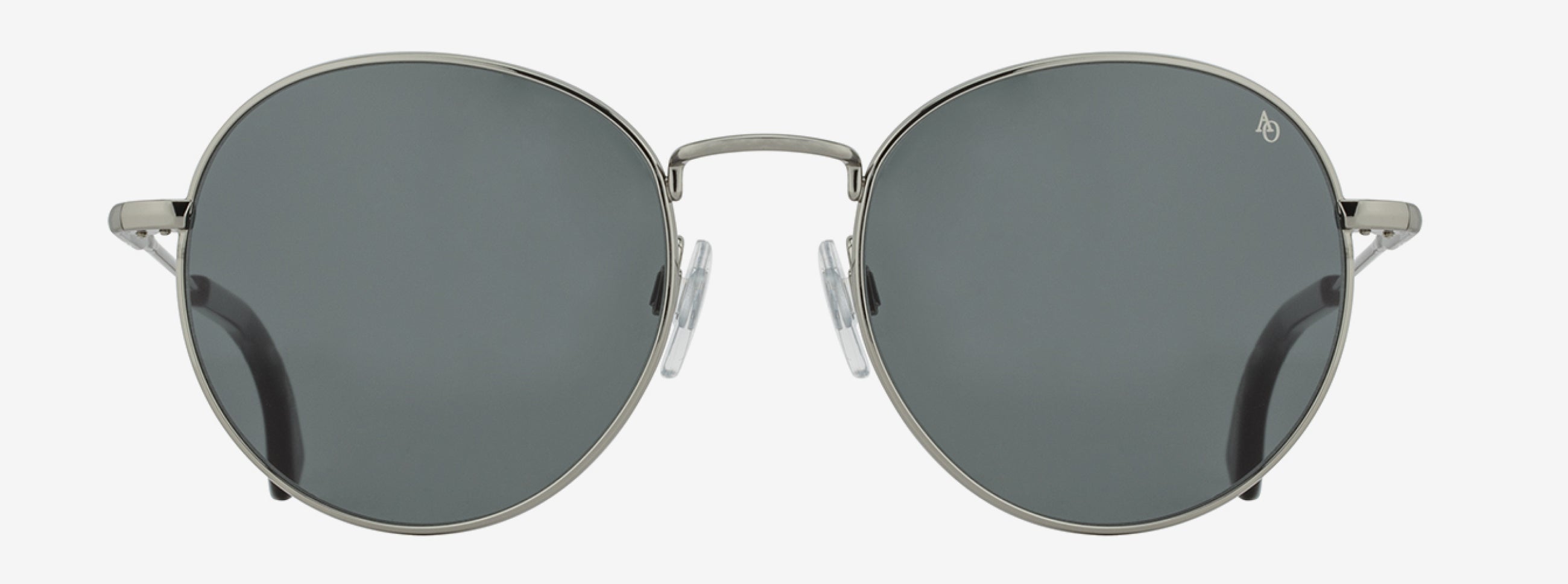STEP 1: Understand Your Prescription Needs
Before you start exploring frame styles, it’s crucial to understand your prescription needs. Schedule an eye exam with your optometrist to get an updated prescription. Your prescription will indicate whether you need single-vision lenses, bifocals, or progressives. Knowing your specific requirements will help you choose lenses that provide optimal vision correction.
STEP 2: Choose the Right Frame Shape
The shape of the frame plays a significant role in enhancing your facial features. Here are some general guidelines based on face shape:
- Round Face: Opt for rectangular or square frames to add angles and definition to your face.
- Oval Face: Lucky you! Most frame shapes will suit an oval face. Experiment with different styles to see what you like best.
- Square Face: Choose round or oval frames to soften the angular features of your face.
- Heart-Shaped Face: Look for frames that are wider at the bottom to balance your face shape. Rimless frames can also be a good choice.
- Diamond Face: Cat-eye or oval frames can help accentuate your cheekbones and soften your overall look.
STEP 3: Consider the Frame Material
The material of the frame affects both the look and comfort of your eyewear. Common materials include:
- Plastic (Acetate): Lightweight and available in various colours and patterns, plastic frames are a popular choice for fashion-forward individuals.
- Metal: Durable and often more adjustable than plastic, metal frames are available in materials like titanium, stainless steel, and aluminum.
- Combination: Some frames combine plastic and metal for a stylish, modern look.
Choose a material that suits your lifestyle and comfort preferences. For instance, if you have sensitive skin, hypoallergenic materials like titanium might be the best option.

STEP 4: Consider the Frame Material
The type of lens you need depends on your vision correction needs and lifestyle. Here are some common lens types:
- Single-Vision Lenses: Correct one field of vision (distance, intermediate, or near).
- Bifocals: Have two distinct areas for distance and near vision.
- Progressive Lenses: Offer a seamless transition between multiple vision fields (distance, intermediate, and near).
Consider your daily activities when choosing lens types. For instance, if you spend a lot of time on digital devices, lenses with blue light protection can help reduce eye strain.
“Sed euismod ut dui quis rhoncus. Lorem ipsum dolor sit amet, consectetur adipiscing elit. Sed aliquet faucibus lobortis. Nullam aliquet tempus nisl, in auctor dolor. Duis eros felis, hendrerit id facilisis nec, bibendum ac ante.”
— Quote autor, lorem ipsum

